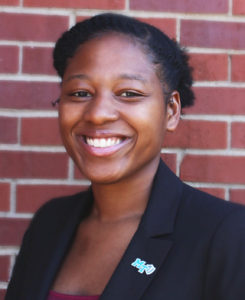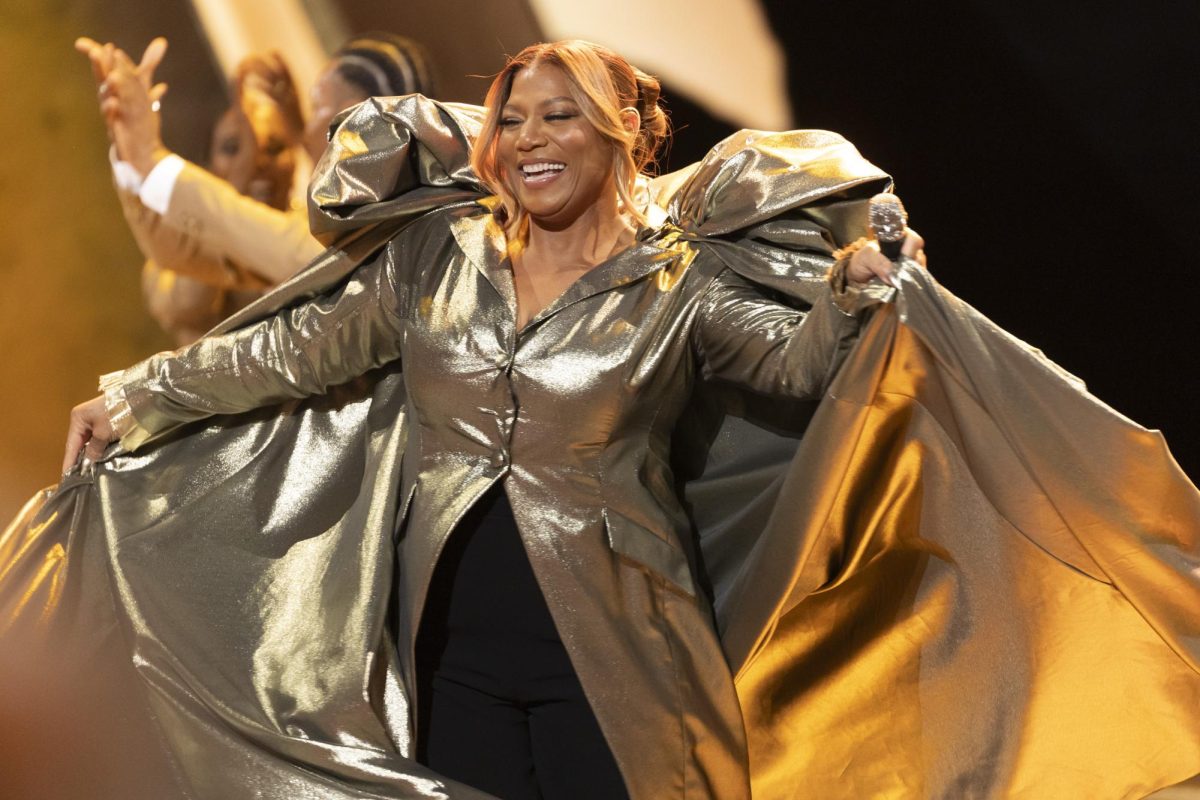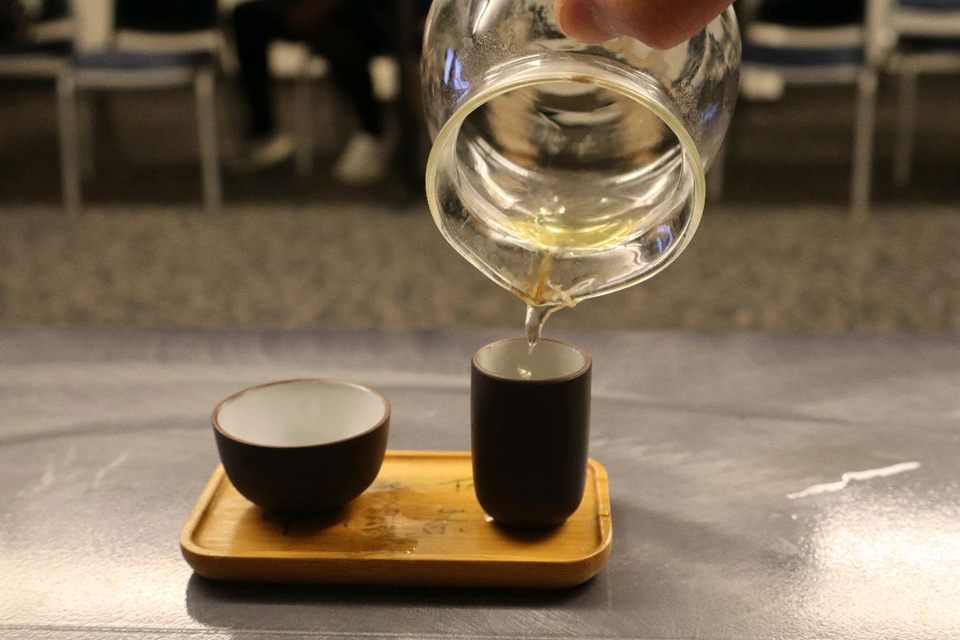Photo Courtesy of The Verge
Story by Aliciah Davis, William Davis, Ryan Franco, Melissa Harwell, Chloe Hubbard, Bonnie Hyer, Chasmine Jones, Dariel Mayfield, Naffie Njie, Hallie Riddle, Jay Stubblebine, Jazzlyn Swerdlick and Toriana Williams
Everyone get your rubber ducky. It’s time to celebrate with Elmo, Bert and Ernie, Oscar the Grouch and, of course, Big Bird, that flightless canary with the large, very large, feet.
The Sesame Street gang is celebrating 50 years of hanging out together and, in the process, creating many fond memories for multiple generations of preschoolers.
Oh, and making learning a whole lot of fun, too.
https://www.instagram.com/p/B4r5PJqgEz9/
“Elmo is my favorite. He’s red and my favorite color is red. He has a fish,” said Brittany Alford, a junior majoring in music business at Middle Tennessee State University. Alford said she was especially fond when celebrities made guest appearances, “like when Patty LaBelle sings the ABC’s.”

But more was taught in the past half-century than spelling or counting. With its storylines that featured characters with disabilities and people of various ethnicities, Sesame Street broke typical educational broadcast boundaries.
“Sesame Street showed me the values of humanitarianism from an early age. By that, I mean that the message of the show is to care for others. Sesame Street has also pursued a more diverse representative cast of puppets, like Julie, who is autistic. Kids really need to see themselves in these shows, and I think Sesame Street does a great job of that,” said Angel Birchfield, a sophomore music education major.
The show’s origin can be traced to 1966, when television producer Joan Ganz Cooney and Carnegie Corporation vice president Lloyd Morrisett started a dialogue about creating a quality educational program for young children.
Two years later, the Children’s Television Workshop, which produces Sesame Street, was given an $8 million grant from the Carnegie Foundation, the Ford Foundation and the U.S. government.
“Sesame Street” first aired on Nov. 10, 1969. Its use of Jim Henson’s Muppets along with live actors was an immediate hit. By the end of its first decade, more than 9 million viewers were tuning in for each day’s show. As of now, Sesame Street has aired more than 4,500 episodes, 35 TV specials, produced 200 home videos and 180 albums, winning multiple Emmys and Grammys along the way. The show’s YouTube channel has almost 5 million subscribers, and the show has 24 million followers on social media. (Can Count von Count count that high? Of course, he can.)
Sesame Street helps preschoolers learn to appreciate language, too.
For Jane Lim, associate professor of education at MTSU, the memorable characters like Elmo and Oscar the Grouch helped her to become fluent in English.
“I come from Singapore, and I, myself, learned English from watching Sesame Street when I was young,” Lim said.
“I think it provides a medium for children to learn language. Especially for children who are learning English as a second language. It actually provides a really good platform for that.”
The show also reinforces positive social skills, teaching the viewer how to react and interact. For example, Lim said, Cookie Monster revealed negative characteristics, but was always accompanied with a lesson how young viewers could learn from his mistakes.
Bert and Ernie are another example. “(They) relate a lot to young children because they can actually identify as them,” the education professor noted. The show also broke new ground in diversifying the cast. “You can see different races being introduced, as well as characters with special needs. The show includes a large demographic.”
Edward Bowen, an MTSU professor who teaches film and video production, said “Sesame Street” and “Mr. Rogers’ Neighborhood” stand out as the most important programming presented on public television.

“I don’t know how we would do without them,” he said.
For most MTSU students, “Sesame Street” played a role in their education, and they’re grateful.
“Growing up, ‘Sesame Street’ taught me many lessons on how to be a decent human being and how to treat others. Elmo was one of my favorite characters and even seeing him now makes me smile,” said Lauren Morris, a pre-pharmacy major.
“I was a huge Elmo fan as a kid. I had Elmo bed sheets. I grew up, I liked to wear stripes. My parents always called them my Bert and Ernie shirts. Though I did not watch it religiously as a kid, it systematically snuck through every-day conversation growing up,” said Hannah Humphress, a junior majoring in audio production.
Aidan Polm, a sophomore also majoring in audio production, said one of his favorite childhood memories involves “Sesame Street.”
“All of us, my little sisters, my parents and I, sat around the table watching a “Sesame Street” movie and eating hot dogs. It made me feel connected to my family and it’s something I still remember.”
Today’s walk down memory lane has been brought to you by the letter “S,” which stands for “Sesame Street.”
Eight facts about “Sesame Street” you probably didn’t know…or forgot.
1. Kermit the Frog made his start as a character on Sesame Street.
2. Oscar the Grouch was orange at one time.
3. “Sid” is Cookie Monster’s real name. He mentioned that during a 2004 episode.
4. Ernie reached number 16 on the Billboard Hot 100 with the timeless hit, “Rubber Duckie.”
5. The Count is nearly 2 million years old, according to the show. He was born on Oct. 9, 1,830,653 BCE.
6. More than 400 celebrities have guest starred on “Sesame Street.” Among those who took a turn on the show were Oprah, Adam Sandler, Johnny Cash and many more.
7. Barbara Bush, Hillary Clinton, Laura Bush, and Michele Obama visited sesame street as First Ladies.
8. Elmo’s favorite food is wasabi. (Who knew?)
To contact Lifestyles Editor Brandon Black, email [email protected].
For more updates, follow us at www.mtsusidelines.com, on Facebook at MTSU Sidelines and on Twitter at @Sidelines_Life.














